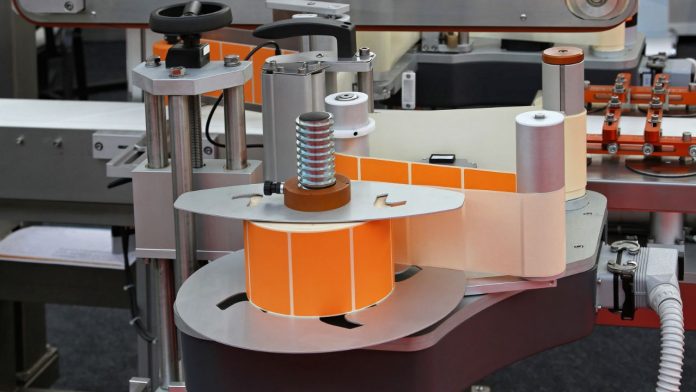Wrap-around labeling machines are widely used in various industries such as pharmaceuticals, food and beverage, and cosmetics for applying labels on cylindrical containers like bottles, jars, and cans. These machines are known for their efficiency and precision in wrapping labels around the entire circumference of the container.
However, like any other automated equipment, they are prone to mechanical faults that can affect performance and productivity. Understanding and analyzing these faults is essential for minimizing downtime and ensuring smooth operation.
Label Misalignment
One of the most common mechanical faults in wrap-around labeling machines is label misalignment. This occurs when labels are not applied accurately to the containers, leading to skewed or wrinkled labels. Misalignment can result from several factors, including incorrect calibration of the machine or improper bottle positioning. Additionally, worn-out parts such as rollers or label applicators can cause the labels to deviate from their intended path.
Solution: Regular calibration of the machine and checking the alignment settings can help prevent misalignment. Ensuring that the containers are properly positioned and feeding them through the machine without jerks or interruptions also plays a crucial role. Worn-out components should be replaced promptly to maintain label accuracy.
Adhesive Issues
In wrap-around labeling machines, the adhesive used to apply labels is critical for ensuring proper adhesion to the container. However, adhesive-related faults can arise, leading to labels peeling off or failing to stick to the surface. Temperature fluctuations or the use of unsuitable adhesive materials can affect the adhesive’s performance.
Solution: It’s essential to use adhesives that are specifically designed for the type of container material and the environmental conditions of the production facility. Regular monitoring of temperature and humidity levels in the production area can help maintain optimal adhesive performance. If adhesive issues persist, switching to a more suitable adhesive material may be necessary.
Label Feeding Jams
Another mechanical fault that can occur is label feeding jams, where the labels get stuck or jammed in the machine, halting the labeling process. This can be caused by improper tension in the label roll, misaligned label sensors, or defects in the label material itself.
Solution: To prevent label feeding jams, it’s crucial to ensure that the label roll is loaded with the correct tension and that the label sensors are correctly aligned. Regular maintenance of the label feed system, including cleaning and lubricating the moving parts, can help reduce the chances of jams. In addition, using high-quality, defect-free labels can further minimize the risk of jamming.
Bottle Slippage
Bottle slippage is another issue that can occur during the labeling process, especially in high-speed wrap-around labeling machines. This happens when the bottle slips or rotates improperly while the label is being applied, leading to improper placement or wrinkles in the label. Slippage can be caused by insufficient grip from the conveyor belt or worn-out components like bottle guides or grips.
Solution: To fix bottle slippage, ensure that the conveyor belt provides adequate grip on the bottles. Bottles should be properly spaced and held firmly by the guides or clamps during the labeling process. Replacing worn-out bottle grips or guides can restore proper function and eliminate slippage.
Electrical and Sensor Malfunctions
Electrical issues and sensor malfunctions can also disrupt the operation of wrap-around labeling machines. Faulty sensors may fail to detect the presence of a bottle or label, causing missed labels or delays in the process. Electrical problems such as power fluctuations or loose connections can lead to inconsistent machine performance.
Solution: Routine inspection and maintenance of the machine’s electrical components and sensors can help prevent malfunctions. Ensuring that the wiring is secure and the sensors are properly aligned and functional is vital for maintaining uninterrupted operation.
Conclusion
Mechanical faults in wrap-around labeling machines can lead to production delays, increased waste, and reduced efficiency. To minimize these issues, regular maintenance, proper calibration, and timely replacement of worn-out components are essential. Identifying the root cause of mechanical problems and implementing targeted solutions can help ensure that wrap-around labeling machines operate smoothly, contributing to higher productivity and product quality.











